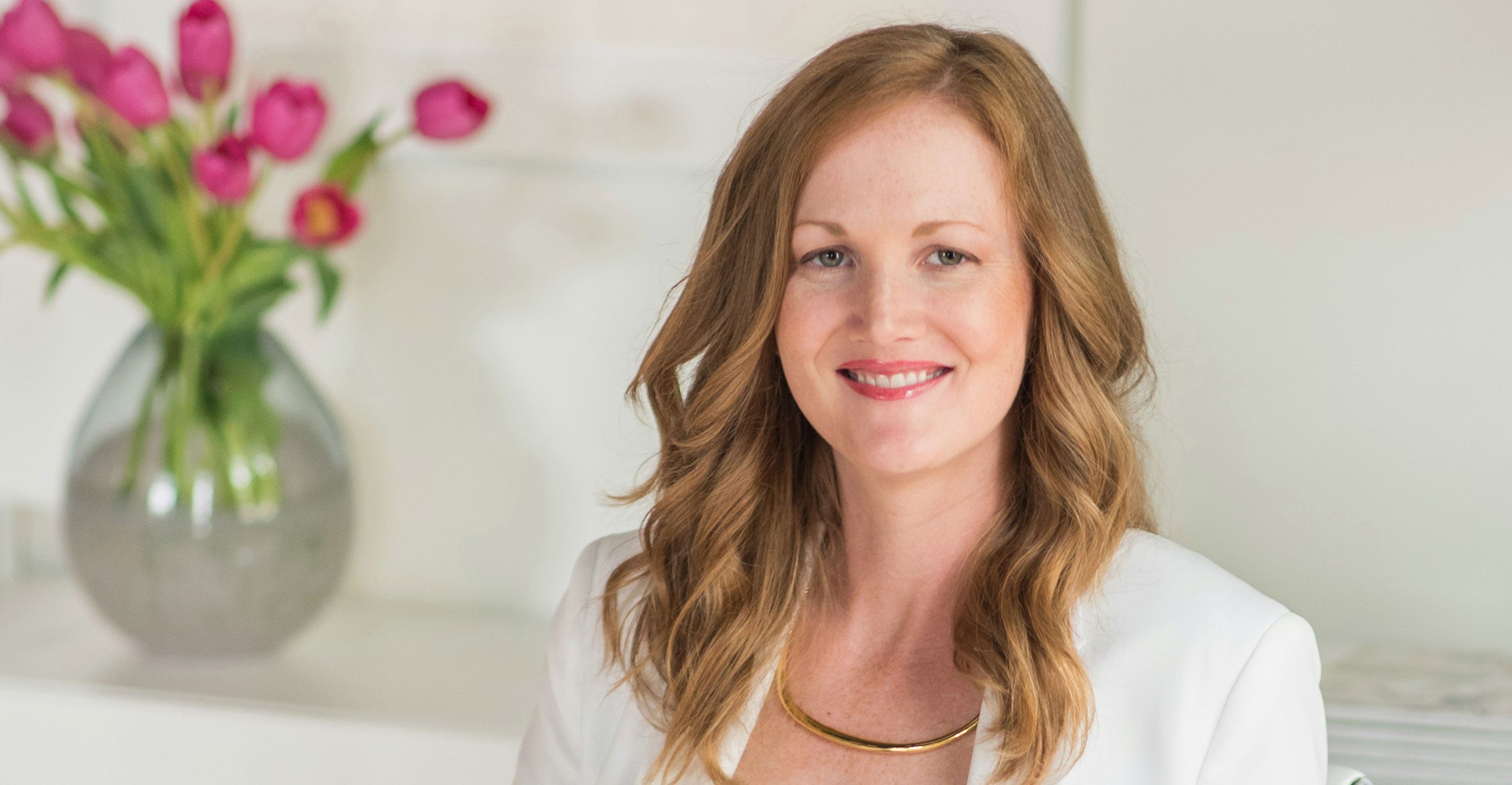Principal Designer and Owner Jennifer Jones brings a well-honed and well-traveled eye to Niche Interiors. A native Californian who studied Art History in Rome, Jennifer’s designs achieve an elusive blend of sophistication and sustainability. She launched Niche Interiors in 2007, where her process-driven approach to design has earned her the trust of more than 60 residential clients and counting. As the mother of a seven-year-old, Jennifer has developed a keen and highly personal understanding of family-friendly design.
We sat down with Jennifer to discuss to discuss her growing business, thoughts about sustainability and her prediction that virtual reality will transform the way designers do business.
Can you tell us how Niche Interiors was conceived?
I have a Bachelor of Science in Design from U.C. Davis, and started my career as a graphic designer after graduation. It took about a year for me to realize that the graphic design field wasn’t for me – I wanted to get out from behind the computer and create something beyond two-dimensional designs. I brushed up on drafting skills at UC Berkeley Extension and worked for two residential firms before taking the leap to start Niche Interiors in 2007. Since then, I’ve grown the team from just myself to a small but mighty team of five. I’m very fortunate to have found two talented designers early on in their careers, Lynn and Anna, who have grown with the business throughout the years and are now Senior Designers.
Can you explain your process during the onset of a new project?
We begin each project by honing in on our client’s individual tastes using customized image books to collect their feedback on texture, color, pattern and furniture styles. After syncing up with the architect on their vision for the home, our team channels the client’s preferences into a cohesive, tailored design scheme. We also ask the basic (but very helpful) question: How do you want to feel in your home? The adjectives that our clients use to describe their ideal space provide a lens in which to filter our design ideas.
How does environmental sustainability factor into your projects?
Niche Interiors strives to make each project healthy for both the environment and homeowners. We begin by asking new clients to rate the importance of eco-friendly design on a scale of 1 to 10, and we adjust our approach accordingly. For the most eco-conscious client we would only source the most sustainable options, relying heavily on custom furniture where we have complete control over all the materials used in our designs. Even if going green isn’t a high priority we can still source flame retardant-free upholstery, use sustainably harvested wood, and prioritize working with local vendors to reduce our carbon footprint. So much of what we do is behind the scenes, making informed choices for the health of clients and conserving resources at the same time.
It’s been amazing to see the strides that the industry has taken as well as the demand that clients have for healthy, sustainable products.
What would you consider to be the biggest change in the field of design since you opened your firm?
The most notable change has to be the increased interest in sustainable design! This has been one of our core values from the beginning, before the days of LEED certification. It’s been amazing to see the strides that the industry has taken as well as the demand that clients have for healthy, sustainable products. Our clientele have become much more educated about green design, which is an amazing sign for the future!
It’s also heartening to see how our industry as a whole has stepped up to the challenge. We became a founding member of the Good Future Design Alliance (GFDA) last year – an alliance of architects, interior designers, builders, landscape architects, makers and retailers committed to reducing our contribution to the landfill system by 50% in the next five years.
How do you predict design and architecture will evolve over the next couple of decades?
I think virtual reality is the next tool that will transform the way architects and designers communicate their vision to clients. Instead of reviewing a set of floor plans or 3d renderings, clients will be able to virtually walk through their future home and make even more informed decisions.
If you were to give your younger self advice in regards to a career in design, what would it be?
Don’t let perfection slow you down. In the beginning I was so caught up in learning the “perfect” way to run a business that I likely missed out on some great opportunities. I would tell my younger self to trust her instincts and be bold!











